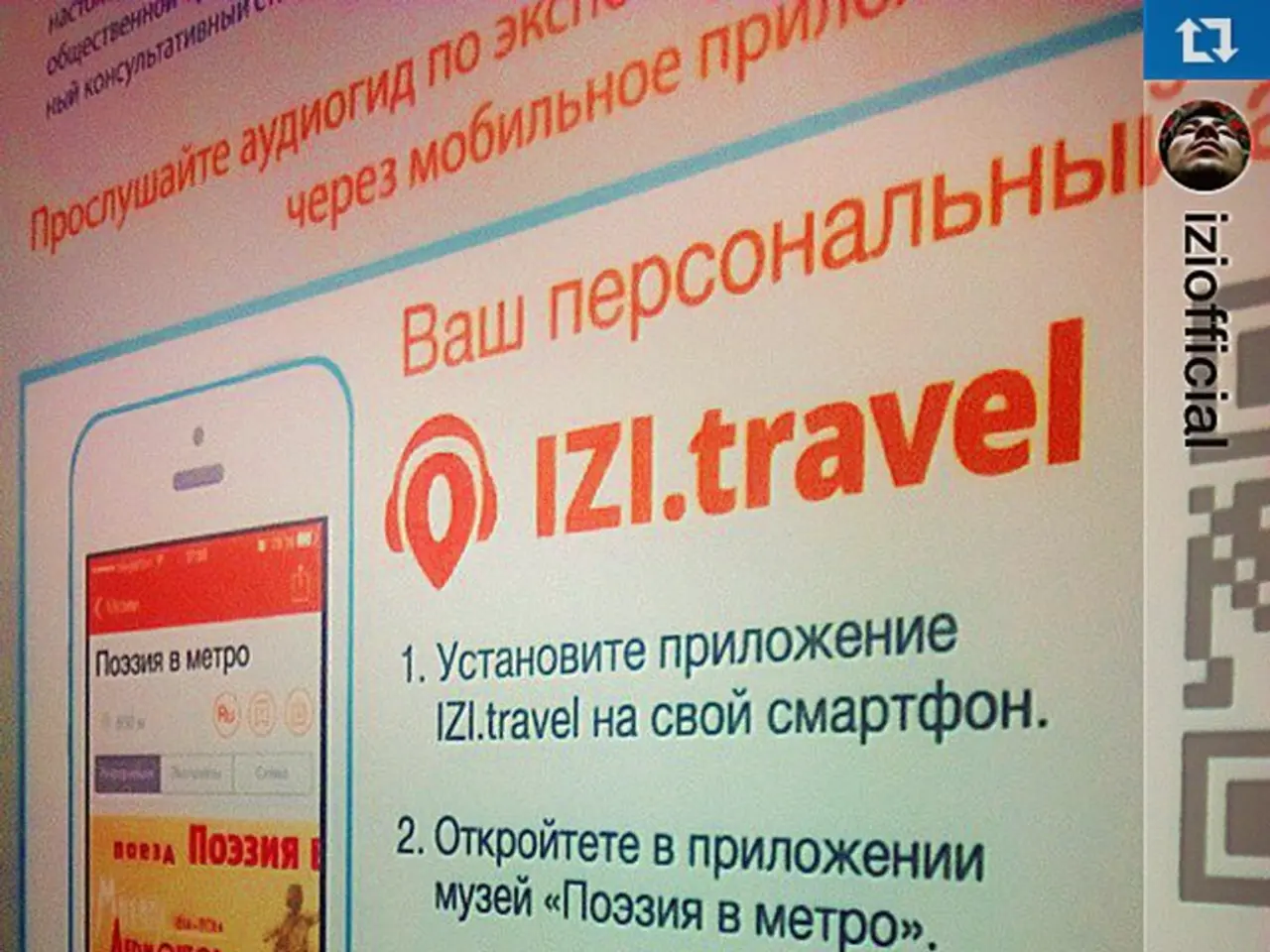Citi Bike Expansion in New York City: A Boost for Sustainable Transportation
Impact of Citi Bike on New York City's Mode of Commuting
In recent years, New York City has seen a significant expansion of Citi Bike, the city's bike-sharing program. This growth, which began in earnest in 2019, has brought about a surge in ridership, improved connectivity, and a positive impact on the environment.
Boosting Ridership and Coverage
From a humble start with 6,000 bikes in 2013, Citi Bike's fleet has more than tripled, reaching nearly 40,000 bikes by 2023. Simultaneously, docking stations have increased from about 750 to over 1,300 locations, expanding the program's geographic reach from core Manhattan and western Brooklyn to the outer boroughs. These expansions have led to a substantial increase in ridership, with millions of trips logged annually, reflecting greater integration into daily commuting and recreation.
Improving Connectivity and Transit Integration
The expansion of Citi Bike has enabled better connectivity between various modes of transportation. By placing new docking stations near transit hubs and commercial areas, the program has filled transportation gaps and facilitated multimodal trips, making it easier for commuters to switch between subway, bus, and bike travel.
Environmental and Traffic Impact
Citi Bike's growth has provided a viable alternative to short car or cab trips, leading to reduced street-level congestion and emissions. Studies indicate that an increased share of Citi Bike trips has replaced motor vehicle usage, contributing positively to urban environmental goals.
Accessibility Improvements
To ensure that Citi Bike benefits as many New Yorkers as possible, several accessibility improvements have been made.
- Equity and Affordability Initiatives: Citi Bike has introduced reduced-rate membership programs for low-income residents in partnership with community organizations, as well as initiatives like "Bike Brooklyn" and "Bronx Public Bike" focused on affordable access in historically underserved communities.
- Geographic Equity: Expansion efforts have prioritized placing docking stations in areas with limited transit options and few bike-share stations previously, such as East New York, parts of the Bronx, and Queens neighborhoods. Community engagement ensured that new stations met local needs and preferences.
- Fleet Enhancements: The introduction of e-bikes (electric pedal-assist bikes) has expanded Citi Bike's accessibility by making longer trips and hilly terrain easier for a wider population. Adaptive bikes and future plans for accessible bike models aim to further improve access for riders with disabilities.
- Technology and Usability: App and payment system upgrades have simplified usage for non-smartphone users and unbanked individuals, incorporating cash-based solutions and more language options. Customer support and multilingual outreach have helped improve overall user experience.
Challenges and Areas for Growth
While the expansion of Citi Bike has been successful, some communities still have limited station density relative to demand. Maintaining affordable pricing while managing operational costs remains a challenge. Improving accessibility for riders with disabilities beyond the pilot stages is ongoing, and weather and safety concerns still limit year-round, all-weather usage, especially in outer boroughs.
Conclusion
The expansion of Citi Bike since 2019 has significantly increased the program's effectiveness by broadening coverage, boosting ridership, and enhancing multimodal transit integration. Accessibility has improved through affordable pricing programs, geographic equity in station deployment, e-bike introduction, and technology improvements targeting underserved communities. Continued focus on equity, physical accessibility, and overcoming operational challenges will shape the future success of Citi Bike as a crucial part of New York City's transportation ecosystem.
- The growth of Citi Bike has led to an increase in the use of photography, with millions of pictures taken each year by riders capturing their trips and the cityscape.
- The expansion of Citi Bike in New York City's transportation industry is a sign of the growing interest in environmental-science and climate-change, as the program contributes positively to urban environmental goals by reducing emissions and congestion.
- In order to finance the ongoing expansion and operation of Citi Bike, the program has secured partnerships with various news organizations, providing advertising revenue and raising awareness about sustainable transportation.
- As Citi Bike continues to grow, the impact on transportation extends beyond New York City, serving as a model for other cities looking to implement bike-sharing programs and promote cleaner, more efficient solutions for urban mobility.




